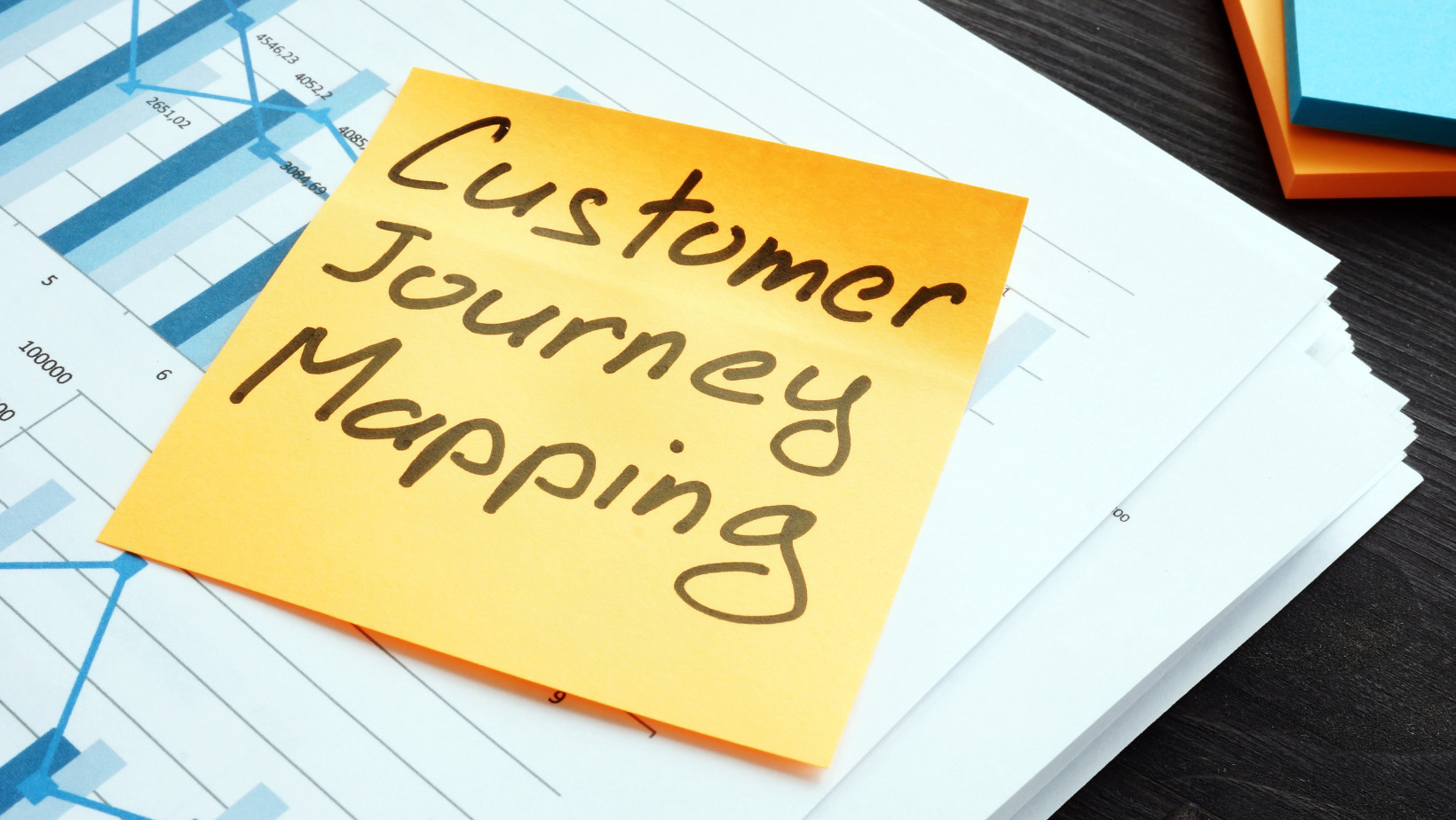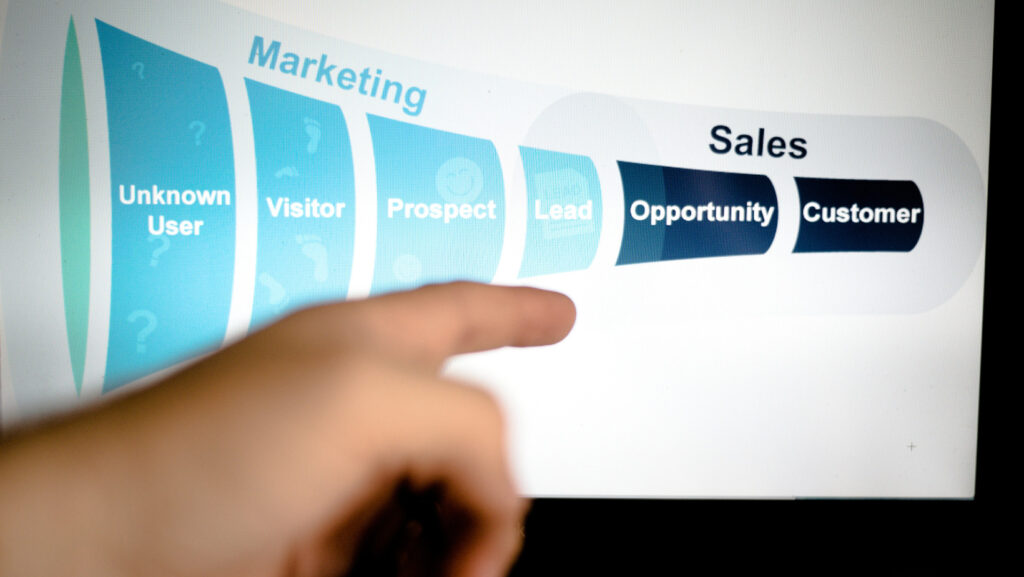
01 Sep The Importance of the Customer Journey
Introduction
A Customer Journey is a path that a customer takes from the first time they encounter your company to the point they become a loyal customer or even an advocate for your brand. Every interaction with a customer tells a story about their experience with your business and their relationship with your brand. There are four main stages in the Customer Journey; Awareness, Consideration, Purchase & Retention. Each stage is composed of several steps which occur over time so it’s important to understand all of them when planning marketing campaigns.
The Customer Journey is becoming more and more important to marketing.
Why? Because of the rise in digital marketing, availability of data, and targeted marketing.
Let’s take a look at each one of these factors:
Digital Marketing
Digital marketing has become a key component of any business’s marketing strategy. Almost all businesses now have an online presence, and many of those businesses use social media channels to engage with their customers. With this comes the unique opportunity to track their journey with your brand and reengage with them where they spend the most amount of time. The rise of digital marketing has led to the need for more customer journey mapping tools, as well as better tracking systems that allow you to see exactly where your customers are on their journey at any given time.
Collecting Data and Targeted Marketing
As more and more businesses invest in digital marketing, they have access to more data about their customers. This means that marketers can now better target specific groups of people with the right message, at the right time. This is where customer journey mapping comes into play. In terms of advertising, marketers can use data tracking to determine which channels are working best for your business and the types of customers you are targeting.
One common strategy for customer journey mapping is to use tools such as a Meta Pixel to track the path that a customer takes from the first time they encounter your brand on social media to your website and beyond. Meta Pixels can be a powerful tool for advertisers because they allow for more targeted marketing which in turn means your ad dollars are spent on the right audience that is more likely to convert.
The ability to map out your customers’ journey will allow you to identify key moments in the customer journey that you can target with marketing messages. This will help boost conversions, engagement, and sales when the data is used in the right way i.e. through email marketing campaigns or retargeting ads on social media.
Tracking The Customer Journey
The journey can be visualized as a funnel with different stages that are important to understand and manage in order to grow your business. The top represents awareness and the bottom represents loyalty. A customer’s journey can be thought of as a series of stages that begin with being aware of your brand and end with becoming loyal to it.
Tracking this journey gives you important insight into moving customers along this path as well as gives you valuable information that can be useful when dealing with other customers.
For instance, a customer bought lunch from your restaurant and signed up for your newsletter in the process. Since then, there has been no further interaction with the customer. Was there a bad experience? Was the meal not memorable enough to have them come back? This would be a point along the funnel where the customer is stuck and can be seen as an opportunity to reengage with them. This is where data collection and retargeting come into play.
With tools like email marketing, an email with a coupon can be automatically sent to this customer after 30 days of not interacting with your brand as an incentive to come back. This gives you the chance to correct any mistakes that were made or give them a better experience than their previous visit with the potential to move them further down the customer journey funnel into the end goal of a loyal customer. For a more in-depth look at how an email retargeting campaign can work for you, check out our case study on our client Smashin Crab below.
Every Interaction Tells a Story
Customer experience is the sum of all interactions with a company, including what happens at the point of sale, but also how you communicate with them and their perception of your brand. Each of these interactions is an opportunity to further your relationship with that customer and keep them coming back or one that can make them turn away from your brand.
A Continuous Process
While often visualized as a funnel, the Customer Journey is a continuous process throughout all stages of the relationship between a brand and its customers. It’s not a single event, nor is it linear or one-way, but rather it’s an ongoing interaction that involves multiple touchpoints over time. This is why aspects of your business such as social media, email marketing, & your website are all important.
These moments can be as short as reading an article on your website, seeing an ad, or multiple interactions over a period of weeks or even months through posting on Instagram, Facebook, or Tiktok. All are important when it comes to brand awareness and to kick off the customer journey process.
There are Four Main Stages in the Customer Journey
The Customer Journey is made up of Four main stages: Awareness, Consideration, Purchase & Retention.
Awareness is the first stage of the customer journey where customers are aware of your brand but not yet engaged with it. They might have heard about it or seen an ad online before, but they don’t know much else beyond that.
Consideration is the second stage of the customer journey where customers actively consider your brand and compare it to others (including competitors). This could be because they’re looking for something new in their life or simply want a better understanding of what options are out there before making any decisions about their purchase decision(s).
Third is Purchase; where customers actually make a decision to buy. It’s very important to note that this doesn’t necessarily mean they’ve gone out and bought your product or service from you yet. It simply means that they’ve decided that this is what they want to do in the future.
Finally, Retention is the last stage where a customer has made their purchase decision & has a positive experience to the point where they will continue to do so. It is important to note that this does not mean their journey is over and that there is no further opportunity to improve upon their loyalty.
Each stage is composed of several steps which occur over time so it’s important to understand all of them when planning marketing campaigns.
- The awareness stage begins with an unknown or uninterested customer who has no idea what they want or need.
- The consideration stage involves gathering information about your product or service, such as reading reviews or watching videos online. This can lead to a purchase decision if the potential buyer feels confident enough in their research findings (or lack thereof).
- The purchase stage occurs when someone makes an actual purchase decision based on their research results from previous steps in their journey.
- Retention refers back again here – once we’ve gotten someone through these first four stages successfully then we need another toolkit full of strategies aimed at keeping those customers coming back.
Conclusion
The Customer Journey is an important part of marketing and should be considered when planning any kind of campaign. By understanding how customers move through different stages in their buying process, you can reach them at the right time with the right message. This will help increase your chances of converting them into loyal customers who will advocate for your brand.
At Embark Marketing, our approach includes all aspects of the customer journey. We utilize several data collection tools and strategize plans for each of our clients to attract, grow, & retain customers to their restaurants or bars. Schedule a consultation with us today to see what we can do for your food and beverage business.



